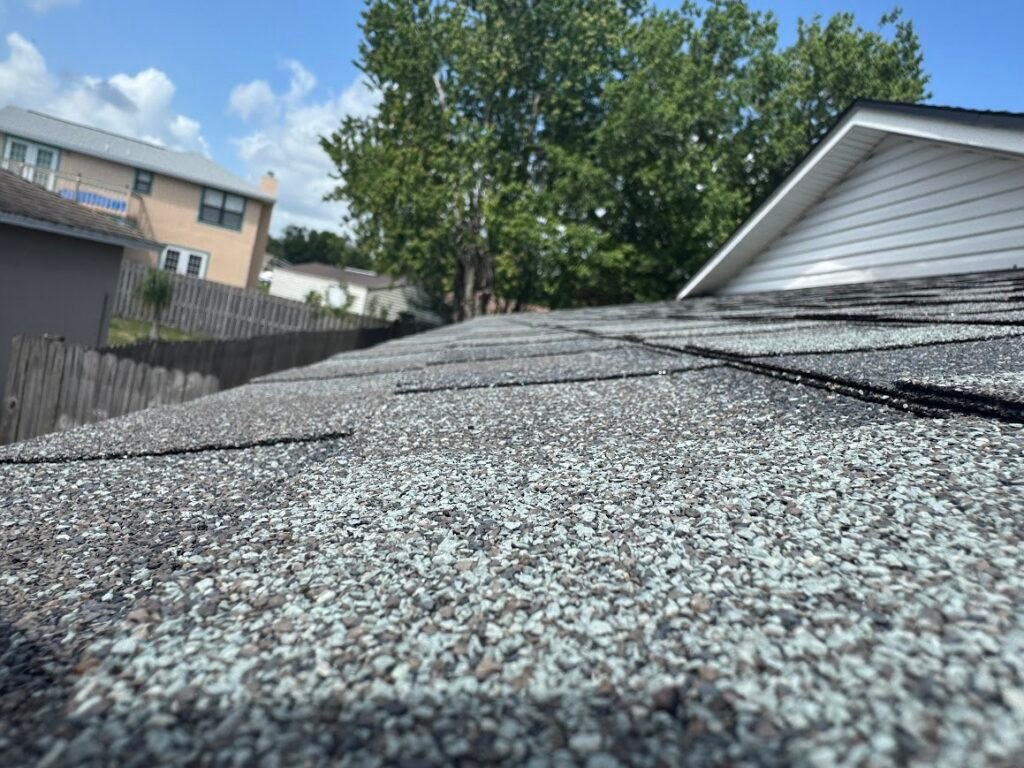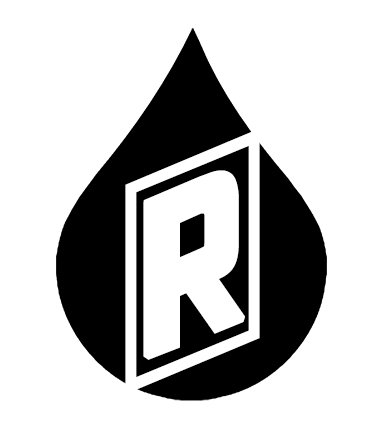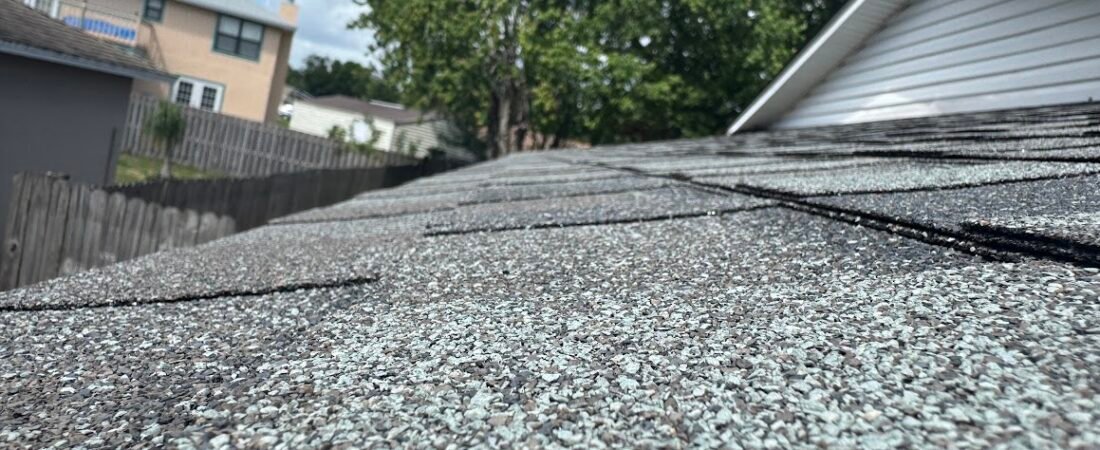
Introduction to Shingle Roofing
Shingle roofing is a widely embraced roofing solution recognized for its applicability across a multitude of residential structures. Comprised of overlapping pieces, known as shingles, this roofing style is primarily constructed from materials such as asphalt, wood, and composite, each offering unique benefits and aesthetic appeal. Among these, asphalt shingles are the most prevalent in the United States due to their affordability, durability, and ease of installation, making them an ideal choice for homeowners in Central and South Florida.
One notable characteristic of shingle roofing is its versatility; it can be configured to suit varying architectural styles and homeowner preferences. Asphalt shingles, for instance, come in a range of colors and textures, allowing for customization that can enhance the visual appeal of a property. Additionally, wood shingles provide a more rustic and organic look, often appealing to those looking for a natural aesthetic. Composite shingles, on the other hand, offer a blend of materials that can mimic the appearance of traditional materials while providing enhanced durability and resistance to the elements.
From a practical standpoint, shingle roofing is celebrated for its straightforward installation process, which can significantly reduce labor costs and time. Many homeowners opt for this roofing type due to its relative affordability compared to other materials, such as metal or tile roofing. Moreover, shingle roofs require minimal maintenance, making them an attractive option for those looking for a solution that does not demand frequent attention.
Ultimately, the combination of affordability, ease of installation, and design versatility makes shingle roofing a popular choice for many residential structures, particularly in regions like Central and South Florida, where diverse weather conditions necessitate reliable and effective roofing solutions.
Factors Influencing Shingle Roofing in Central and South Florida
When considering shingle roofing in Central and South Florida, several unique factors significantly influence both the selection and maintenance of roofing materials. One of the most critical aspects is the climatic conditions prevalent in these regions. Florida’s humid subtropical climate is characterized by high humidity levels and intense sun exposure. These elements can cause significant wear and tear on roofing materials, leading to accelerated degradation if not properly managed. For instance, shingles in these areas must be resilient to potential sun damage, ensuring that they maintain their structural integrity and aesthetic appeal over time.
Moreover, the region is prone to severe weather events, particularly hurricanes. As a result, homeowners must select shingles that not only adhere to aesthetic preferences but also provide sufficient resistance to wind and water infiltration. Roofs in hurricane-prone zones need to be capable of withstanding the high gusts and torrential rains associated with such storms, necessitating a careful analysis of the building materials employed. Consequently, many homeowners opt for impact-resistant shingles, which are specifically designed to endure the harsh conditions of the Florida climate.
In addition to environmental factors, it is essential to consider the building codes and regulations specific to Central and South Florida. These codes are tailored to ensure the safety and durability of structures in an area that frequently contends with extreme weather. Homeowners must be informed about local requirements when installing or replacing shingle roofing to ensure compliance and enhance the longevity of their roofs. Navigating these regulations can be a complex process, making it imperative for homeowners to either research thoroughly or consult with experienced roofing professionals who understand the nuances of local laws.
Benefits of Shingle Roofing in Hot and Humid Climates
Shingle roofing presents various advantages for homeowners in the hot and humid climates of Central and South Florida. One significant benefit of shingle roofing is its energy efficiency. Many modern shingles come with reflective properties that can help minimize heat absorption. This quality is particularly beneficial in warmer climates, as it can lead to reduced cooling costs. Homeowners can expect lower energy consumption, which not only lowers bills but also contributes to a more comfortable indoor environment.
In addition to their energy efficiency, high-quality shingles are designed to withstand the unique challenges posed by hot and humid weather. These shingles can effectively resist moisture, addressing a common concern in regions prone to heavy rains and humidity. This moisture resistance helps prevent issues such as mold and algae growth, which can compromise the integrity of the roof and affect the overall health of the home.
Moreover, the durability of shingle roofing systems enables them to endure high winds, a frequent occurrence during storms common in Central and South Florida. This resilience ensures that homeowners can rely on their roofs to provide protection even in adverse weather conditions. The longevity of well-maintained shingles is another noteworthy advantage, as they can last several decades with proper care.
To prolong the lifespan of a shingle roof in these humid conditions, regular maintenance is essential. Homeowners should ensure that debris is cleared from the roof and gutters, as blockages can trap moisture and lead to roof damage. Additionally, routine inspections can help identify potential issues early, allowing for prompt repairs before they escalate into more significant concerns.
In summary, choosing shingle roofing in hot and humid climates offers numerous advantages, including energy efficiency, durability, and low maintenance requirements, making it a strong consideration for homeowners in Central and South Florida.
Tips for Choosing and Maintaining Shingle Roofing
Choosing the right shingle roofing for your home in Central and South Florida is pivotal not only for aesthetic appeal but also for durability and protection against the region’s unique climate challenges. One of the primary factors to consider is the quality of the shingles. Look for products that are known for their resilience against heat and humidity, such as architectural shingles, which typically last longer and provide better insulation than traditional three-tab shingles. Additionally, it’s advisable to select shingles that come with substantial warranties, as these often reflect the manufacturer’s confidence in their product’s performance.
Professional installation also plays a critical role in ensuring the longevity of your shingle roofing. It is essential to hire a qualified roofing contractor who understands local building codes and climate considerations. Ask for references and ensure that your contractor has experience with the specific types of shingles you are interested in. Proper installation can prevent many issues, including leaks and sagging, which can lead to costly repairs down the line.
Once your shingles are installed, regular maintenance is crucial for extending their lifespan. Conduct periodic inspections to evaluate the condition of your roofing. Look for loose, cracked, or missing shingles as these are indicators that repair or replacement may be necessary. Additionally, cleaning debris from the roof is important, as accumulated leaves and branches can trap moisture and lead to mold growth.
Being proactive about roofing maintenance can help you recognize early signs of wear and damage, enabling timely interventions that can prevent more extensive issues. By following these tips for choosing and maintaining shingle roofing, homeowners can ensure that their roofs remain both functional and visually appealing for many years.

